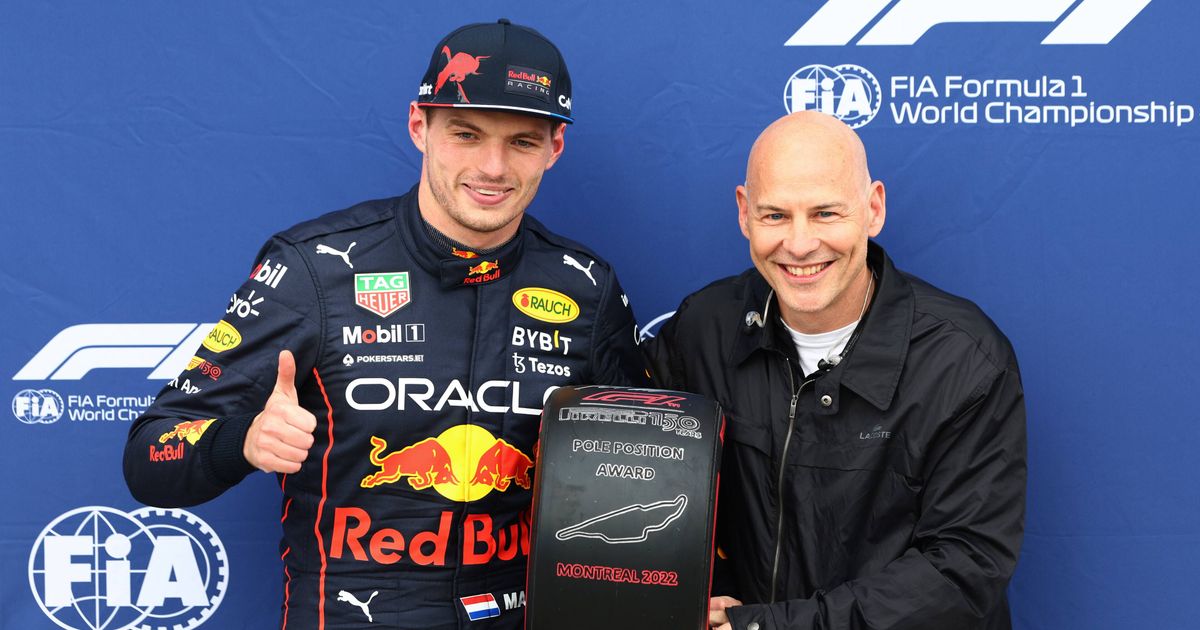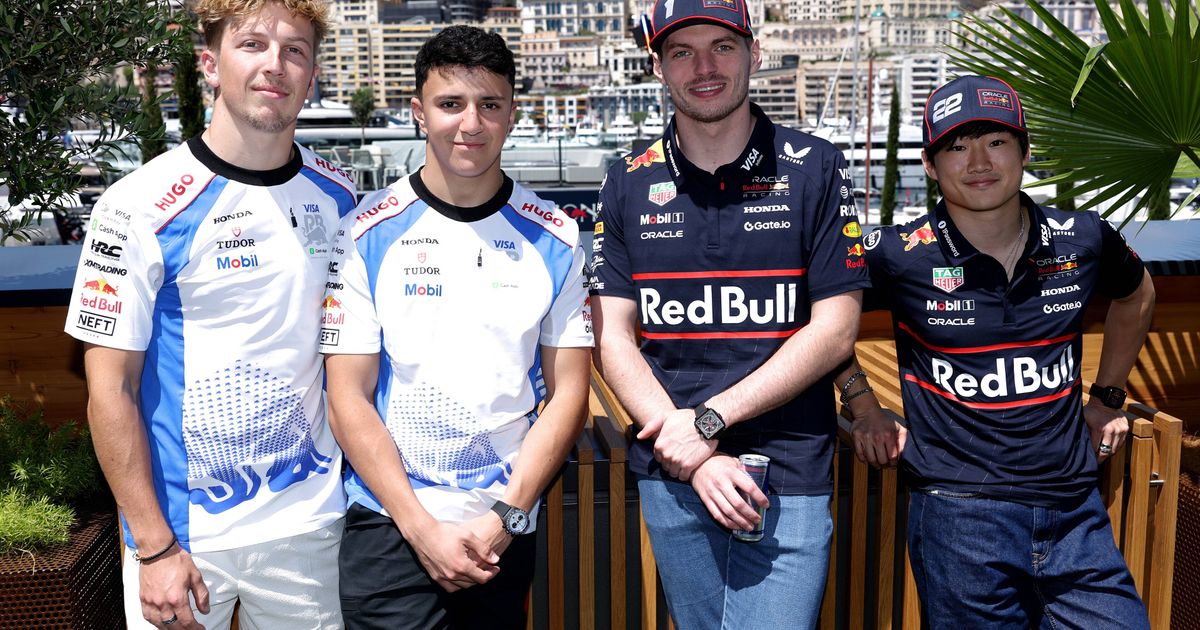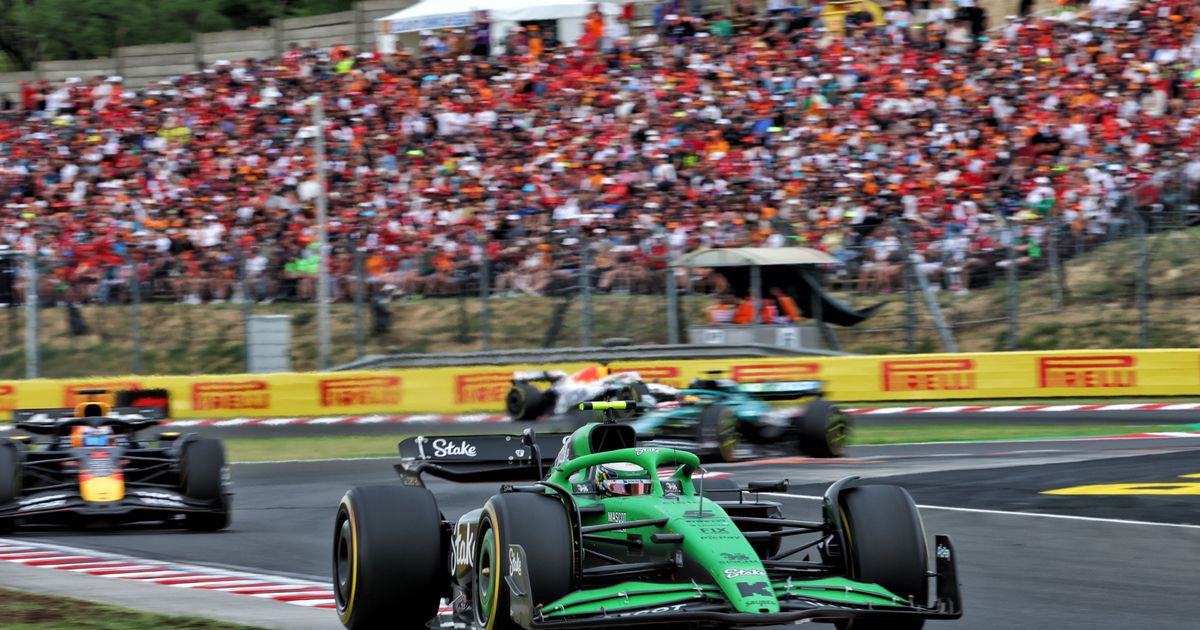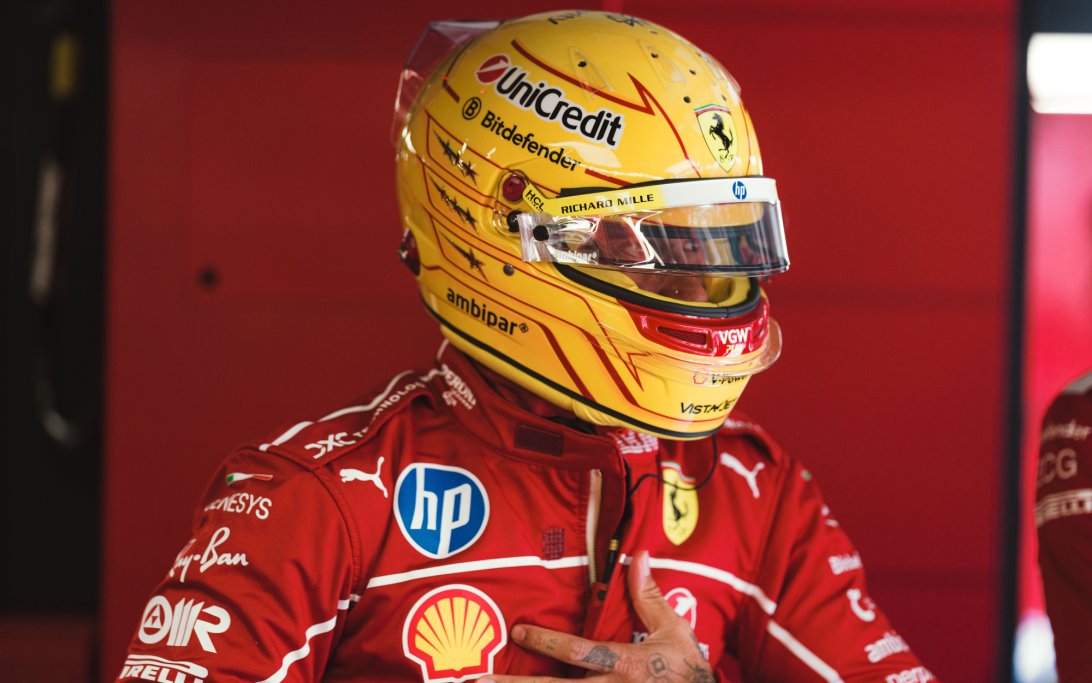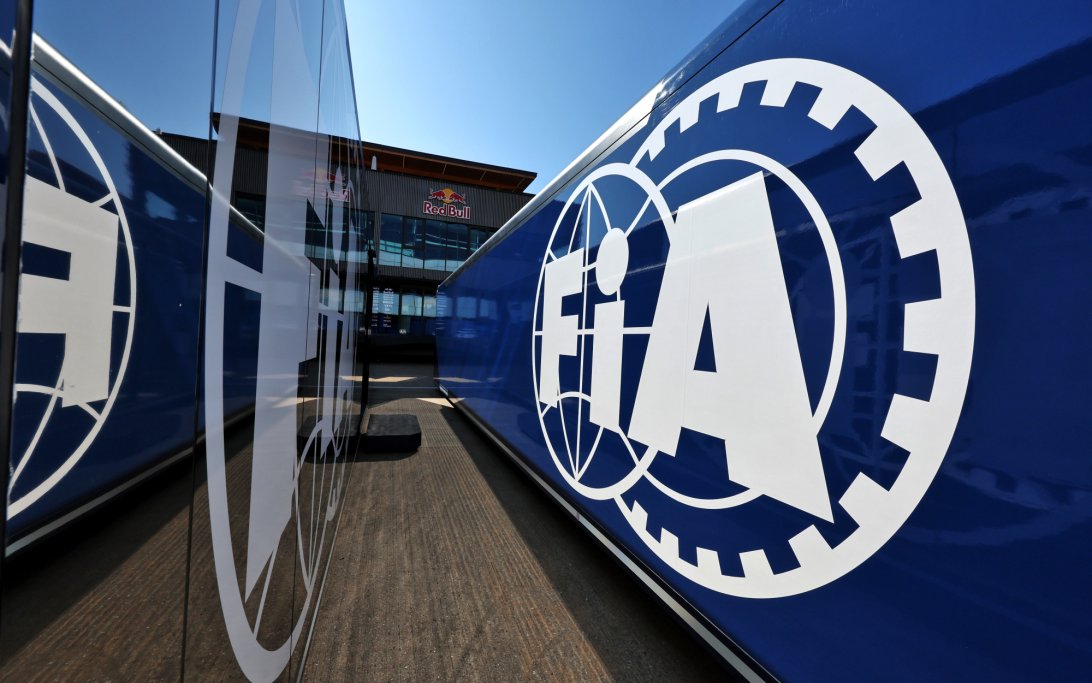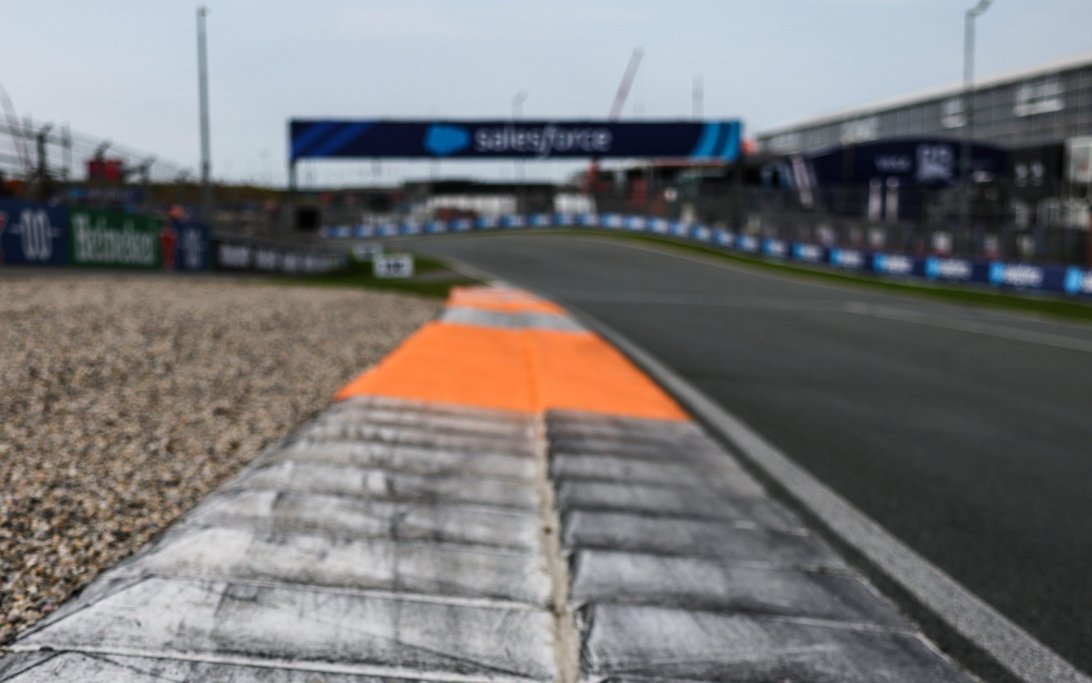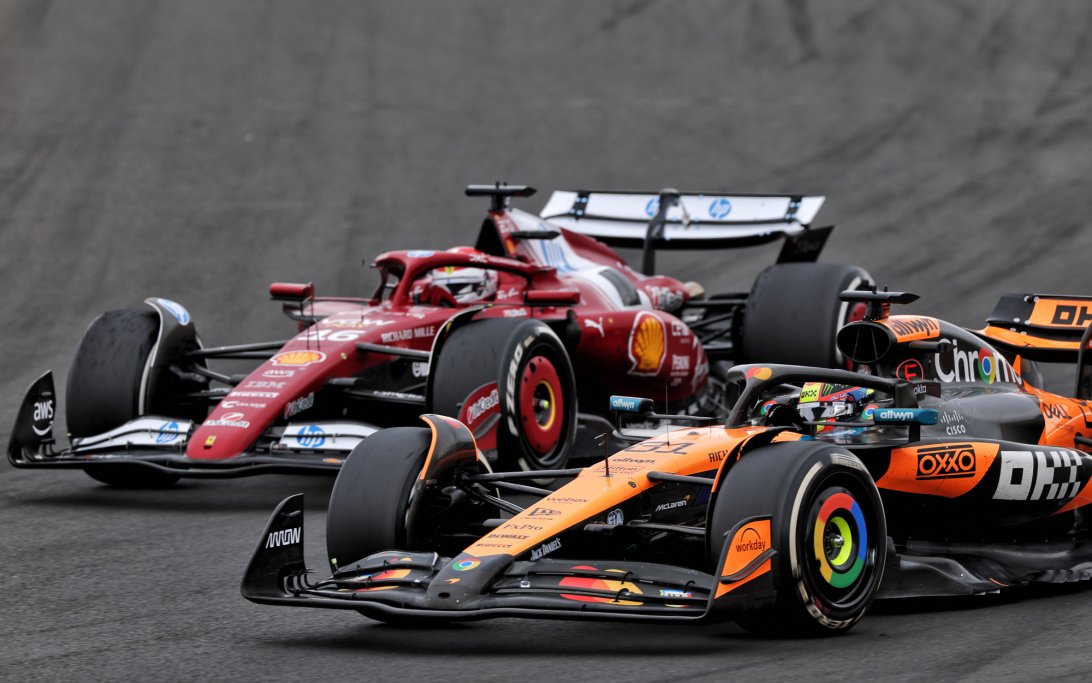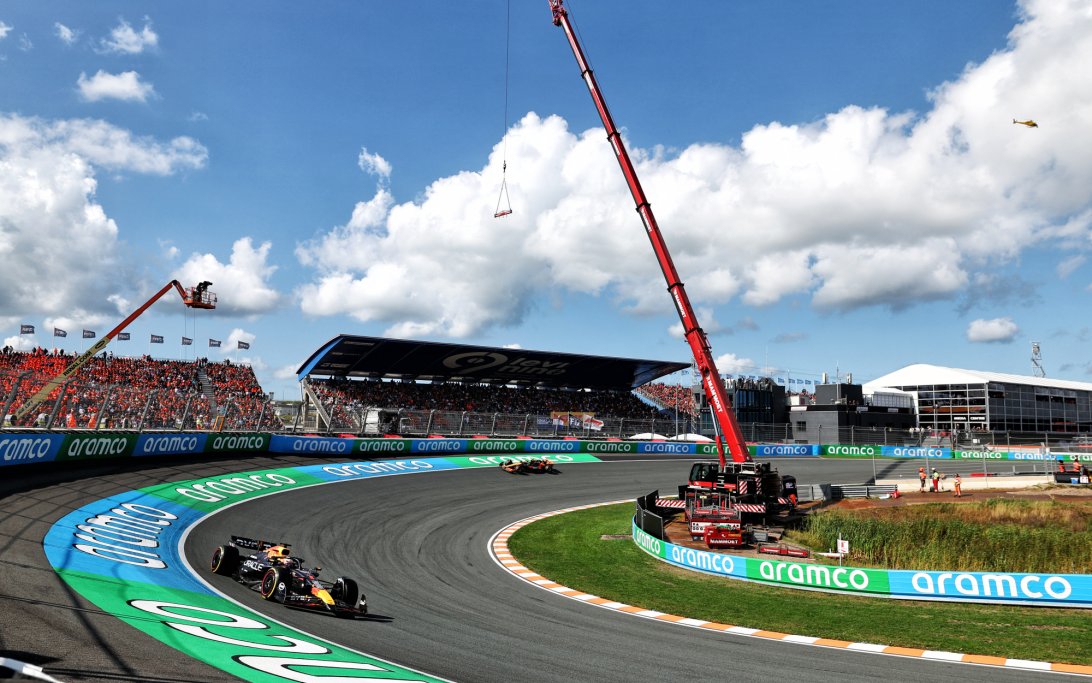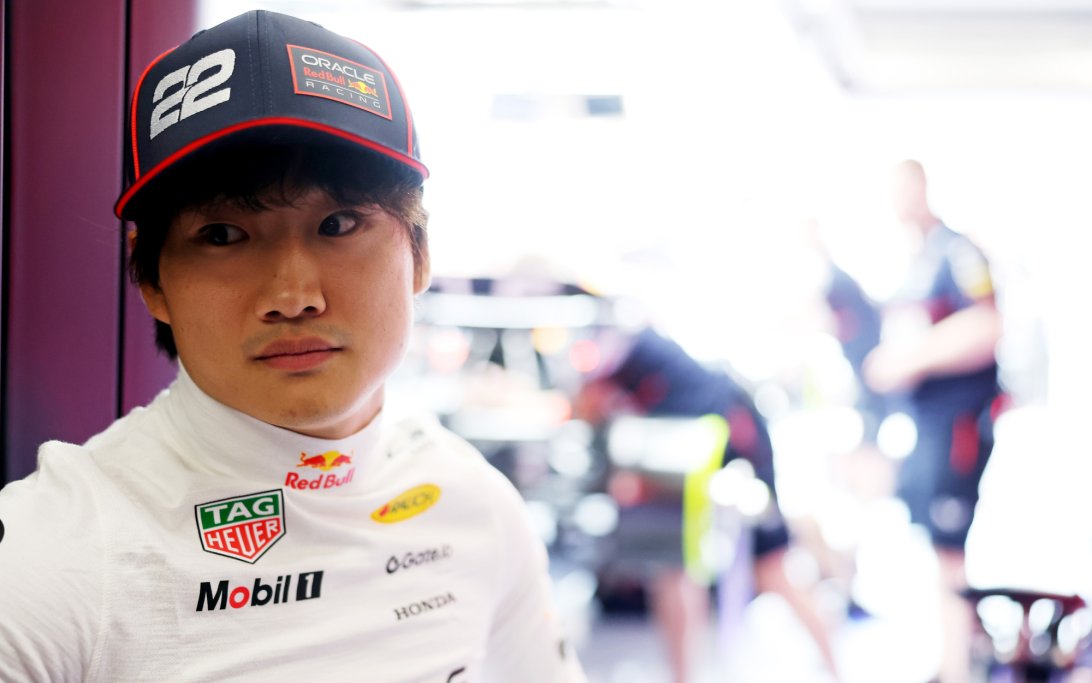2026 F1 Cars Could Hit Nearly 400 km/h, Wolff Claims
The Big Picture
Formula 1 is preparing for a major technical overhaul in 2026, with sweeping new regulations set to redefine both the inner workings and outer design of the cars. This transformation focuses heavily on new power units and significant aerodynamic changes.
Why it Matters
Mercedes team principal Toto Wolff predicts these changes could push straight-line speeds close to an unprecedented 400 km/h. Such a dramatic increase in top speed would significantly impact racing dynamics, strategy, and car design, marking a new era for the sport.
The Details
- Power Units: The new power units will feature a 50-50 split between internal combustion and electric power. Crucially, the electric output will receive a major boost, tripling from 120 kW to an impressive 350 kW. While the Internal Combustion Engine (ICE) power will be reduced, the increased electric output is expected to largely offset this, maintaining overall performance.
- Chassis & Aerodynamics: The 2026 cars will be lighter, slimmer, and shorter. The current ground-effect concept will be abandoned. A redesigned aerodynamic package will eliminate the beam wing, front Venturi channels, and part of the underbody’s trailing edge.
- Active Aerodynamics: Active aerodynamic elements will make their debut, with X and Z modes replacing the current Drag Reduction System (DRS). In X mode, both the front and rear wing flaps can open on straights, significantly reducing aerodynamic drag and boosting top speed. A manual override mode will provide a small electric boost to further enhance overtaking opportunities.
What They're Saying
Toto Wolff confirmed the potential for extreme speeds in a conversation with Auto Motor Und Sport, stating, "If the full power is called upon, we will scratch the 400 km/h limit."
For Context
The highest straight-line speed ever recorded in Formula 1 belongs to Valtteri Bottas, who hit 378 km/h during the 2016 Baku weekend. The 2026 regulations aim to push these boundaries even further.

